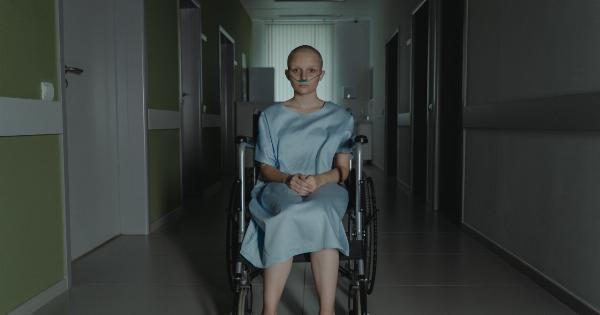Stroke is a serious medical condition that can have a major impact on a person’s life. It occurs when the blood flow to the brain is interrupted, either due to a blockage or a bleed, causing damage to the brain tissue.
What are the symptoms of a stroke?
The symptoms of a stroke can vary depending on the person and the severity of the stroke. However, some common symptoms include:.
- Difficulty speaking or understanding speech
- Weakness or numbness in the face, arm, or leg, especially on one side of the body
- Difficulty seeing in one or both eyes
- Dizziness or loss of balance
- Severe headache
If you or someone you know is experiencing any of these symptoms, it’s important to seek medical attention immediately.
Time is of the essence when it comes to treating a stroke, and the quicker treatment is administered, the better the outcomes are likely to be.
What are some of the treatments for stroke?
There are a number of treatments that can be used to help manage the effects of a stroke. These may include:.
- Medications to break up blood clots or reduce bleeding
- Surgery to remove a clot or repair a blood vessel
- Rehabilitation therapies, such as physical therapy or speech therapy, to help with recovery
- Lifestyle changes, such as quitting smoking or improving diet and exercise habits, to help prevent future strokes
It’s important to work closely with a healthcare provider to determine the most appropriate treatment plan based on the individual’s needs and the severity of the stroke.
What are some of the factors that can impact stroke outcomes?
There are a number of factors that can impact the outcomes for stroke patients, including:.
- The severity of the stroke
- The age and overall health of the patient
- How quickly treatment was administered
- The location of the stroke in the brain
- The effectiveness of the treatment
- Whether the patient experiences any complications during or after treatment
While some of these factors are beyond a person’s control, there are steps that can be taken to help improve outcomes for stroke patients.
How can outcomes for stroke patients be improved?
There are a number of ways that outcomes for stroke patients can be improved. These may include:.
- Early recognition and treatment: As mentioned earlier, time is of the essence when it comes to treating a stroke. The sooner treatment is administered, the better the outcomes are likely to be. It’s important to know the signs and symptoms of a stroke and to seek medical attention immediately if they occur.
- Rehabilitation therapies: Rehabilitation can play a significant role in helping stroke patients regain function and improve their quality of life. Physical therapy, occupational therapy, and speech therapy are all common types of rehabilitation that may be used, depending on the patient’s needs.
- Preventive measures: Taking steps to prevent future strokes can also be important for improving outcomes. This may include adopting a healthier lifestyle, taking medications as prescribed, and managing chronic health conditions.
- Support and education: Providing patients and their families with education and support can also be helpful for improving outcomes. This may include connecting patients with support groups, providing information on healthy lifestyle changes, and helping them navigate the healthcare system.
By taking these steps, healthcare providers, patients, and their families can work together to improve outcomes for stroke patients and help them get back on the road to recovery.
Conclusion
Stroke can be a life-altering condition, but there are ways to help improve outcomes for those who are affected.
By recognizing the signs and symptoms of a stroke, seeking medical attention quickly, and working closely with healthcare providers to develop a treatment plan, patients can increase their chances of a successful recovery. Rehabilitation, preventive measures, and support and education can also play important roles in improving outcomes and helping patients regain function and independence.































